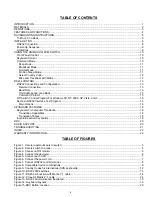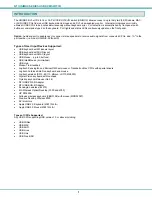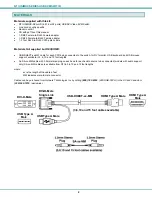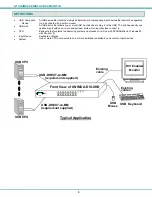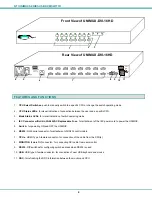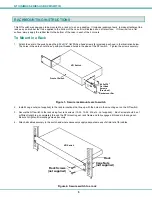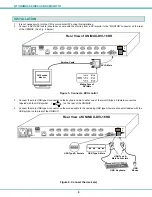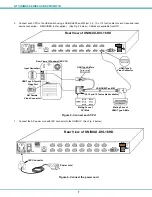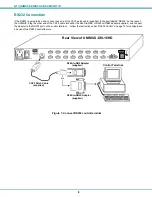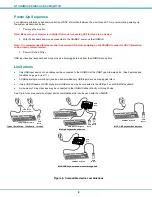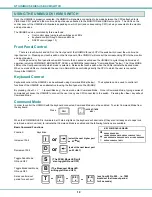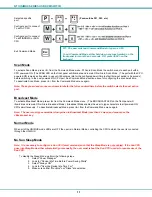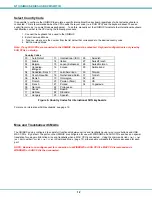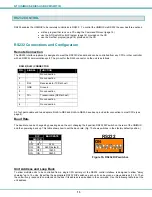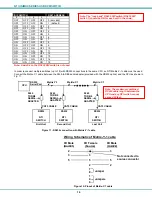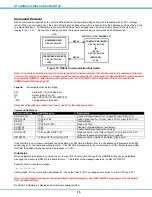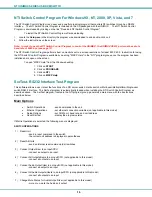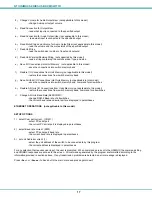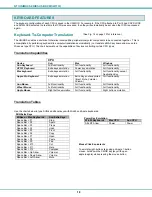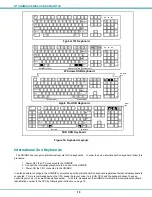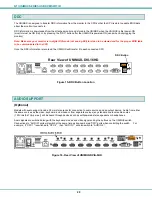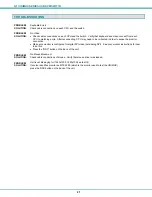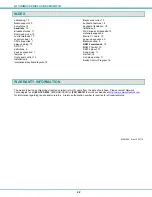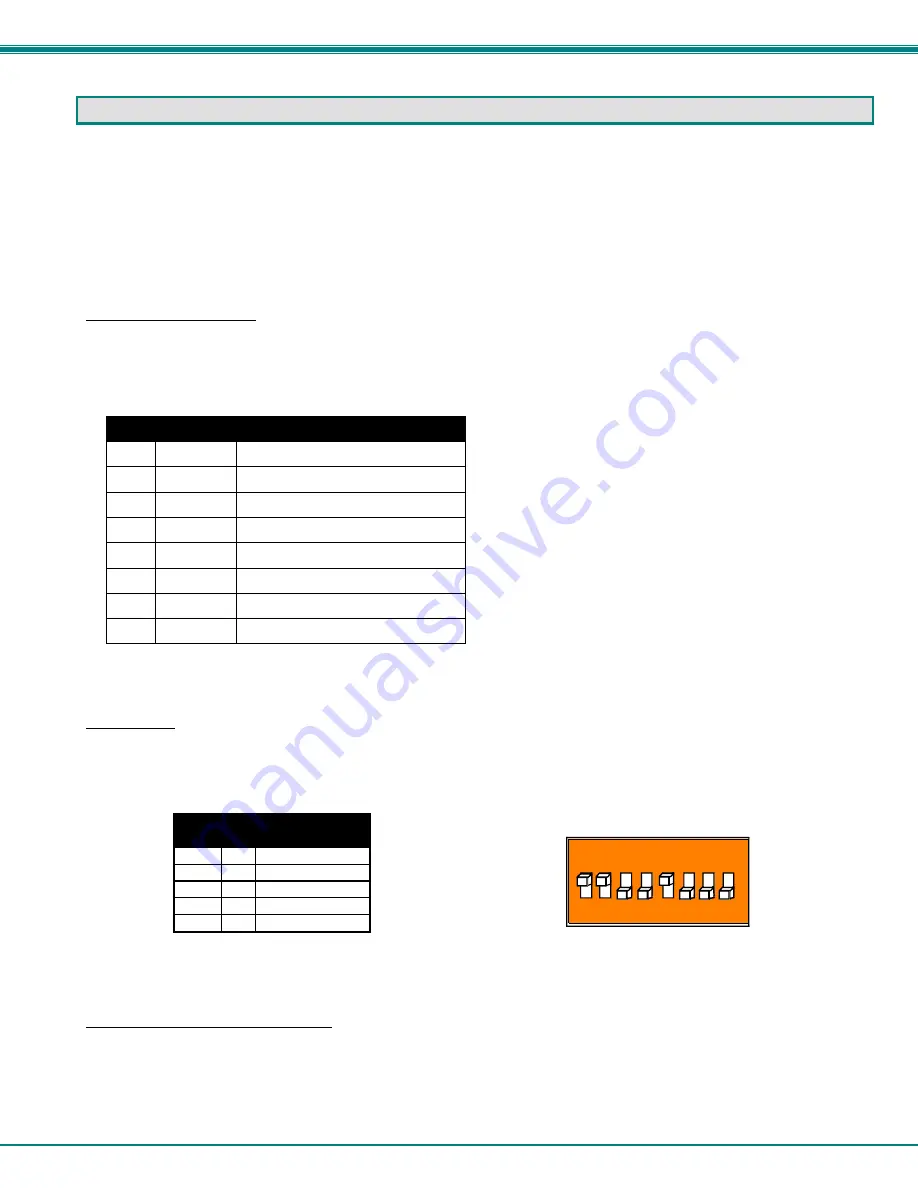
NTI UNIMUX SERIES USB KVM SWITCH
13
RS232 CONTROL
RS232 enables the UNIMUX to be remotely controlled via RS232. To control the UNIMUX via RS232 the user has three options:
•
write a program that runs on a PC using the Command Protocol (page 15)
•
use the NTI Switch Control Program (page 16) provided on the CD
•
use the SerTest program (page 16) provided on the CD
RS232 Connections and Configuration
Remote Connection
The RS232 Interface (optional) is designed to meet the RS232C standard and can be controlled from any CPU or other controller
with an RS232 communications port. The pin-out for the RJ45 connector on the unit is as follows:
RS232 (RJ45) CONNECTOR
PIN
SIGNAL
FUNCTION
1 -
No
connection
2 -
No
connection
3
RX+
Receive data (TXD at host)
4 GND Ground
5 -
No
connection
6
TX+
Transmit data (RXD at host)
7 -
No
connection
8 -
No
connection
A 5 foot patch cable and two adapters, RJ45-to-DB9 and RJ45-to-DB25, have been provided for connection to most CPUs (see
page 8).
Baud Rate
The baud rate can be changed by powering down the unit, changing the 8 position RS232 DIP switch on the rear of the UNIMUX,
and then powering back up. This table shows how to set the baud rate. (Fig. 10 shows switches in their factory default position.)
DIP
SWITCH
BAUD RATE
3
2
OFF OFF
2400
OFF ON 9600
(default)
ON OFF
19200
ON ON
38400
Figure 10- RS232 DIP switches
Unit Address and Loop Back
To allow multiple units to be controlled from a single CPU serial port, the RS232 control interface is designed to allow "daisy
chaining" up to 15 units. By setting the appropriate RS232 DIP switches, each unit can be given a unique address (1-15). Then
the unit will only respond to commands on the bus if its address is embedded in the command. Use the following table to set the
unit address.
RS232
1
8
ON

